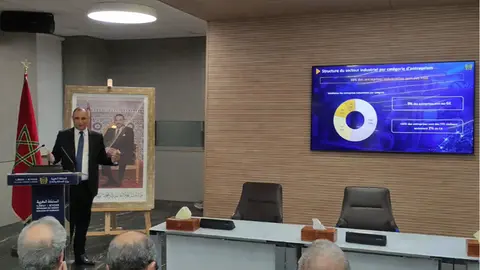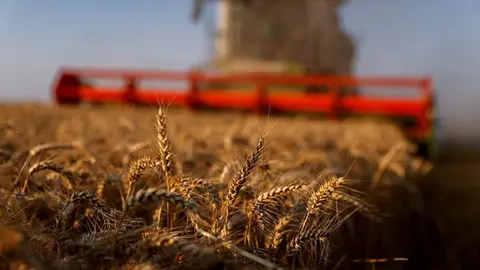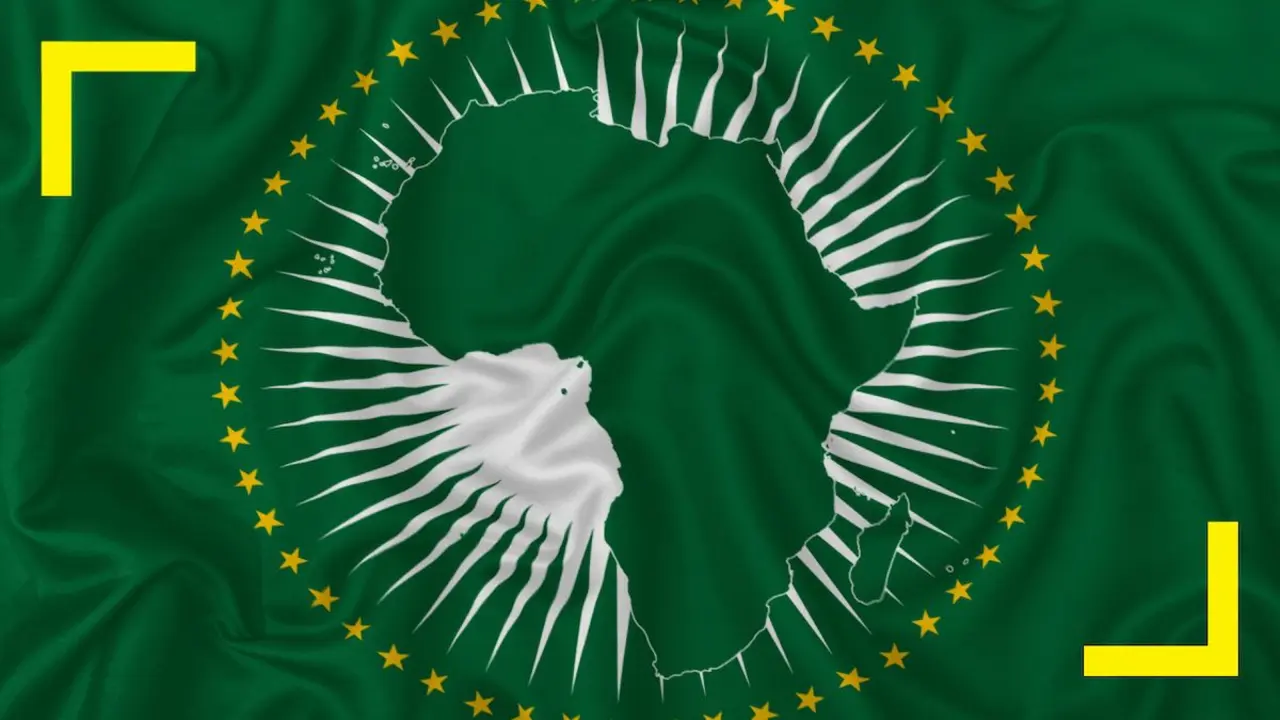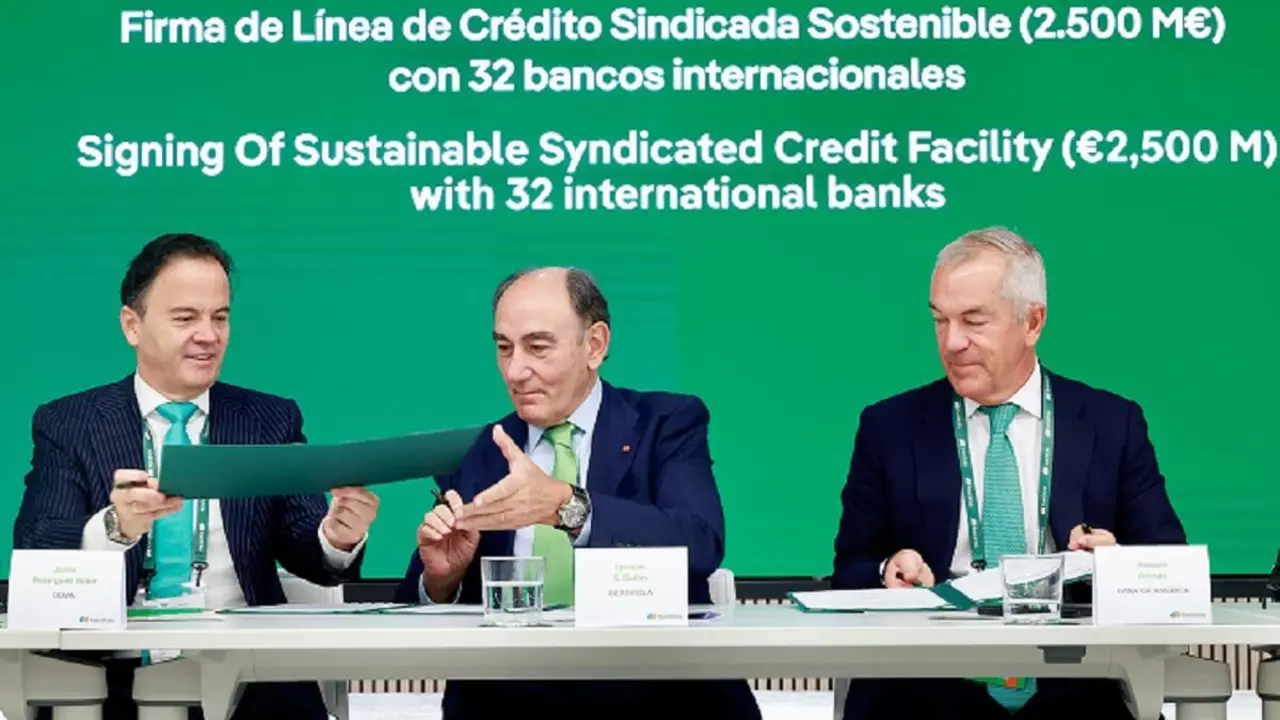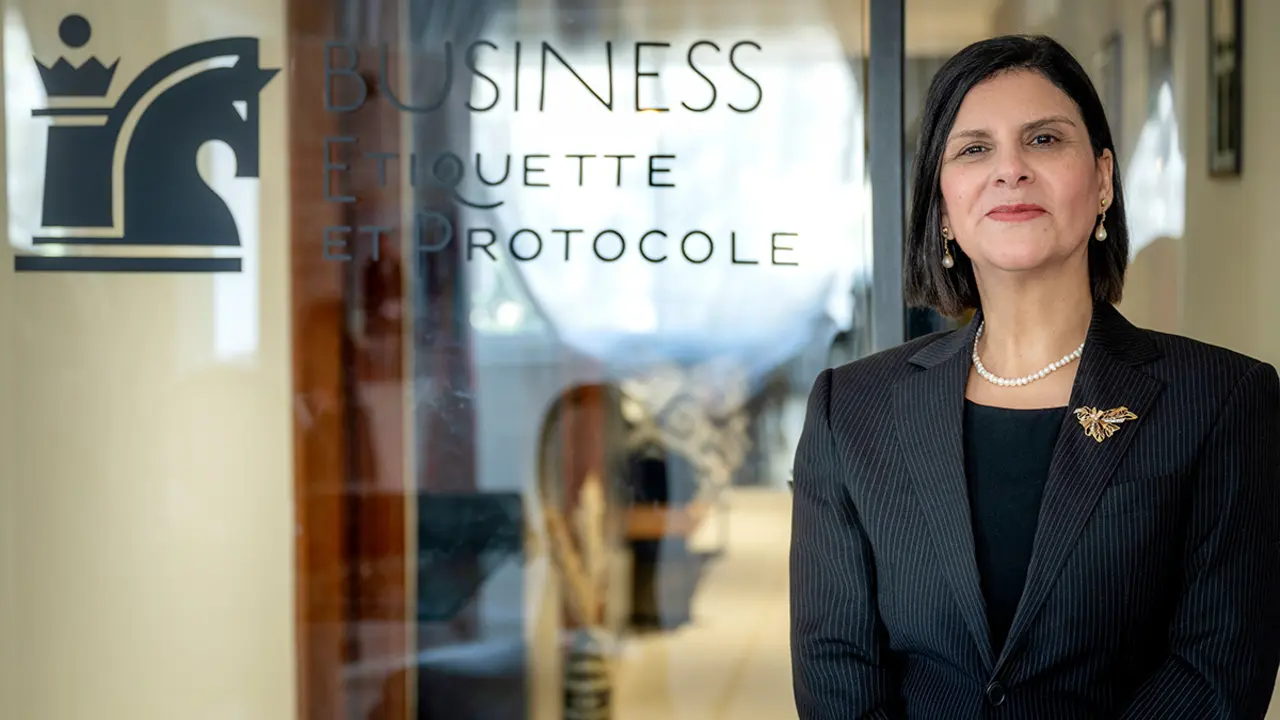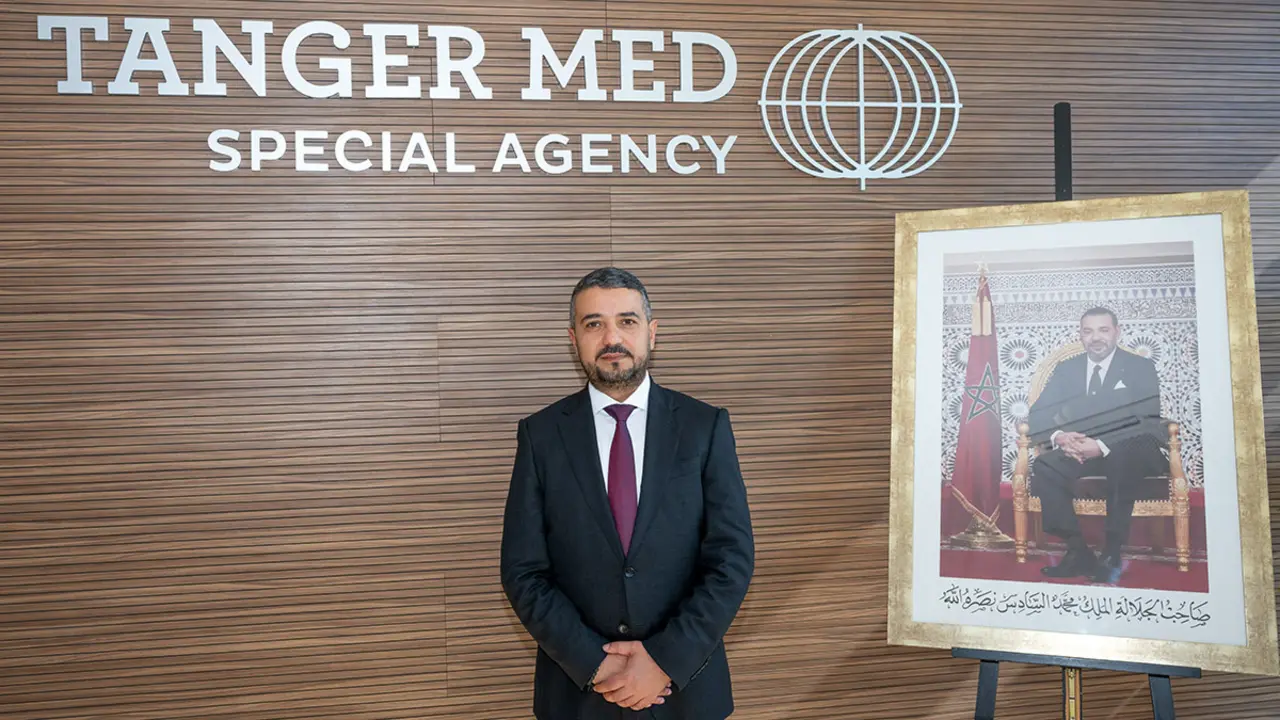Bank Al-Maghrib estimates economic growth of 2.1% for Morocco in 2024
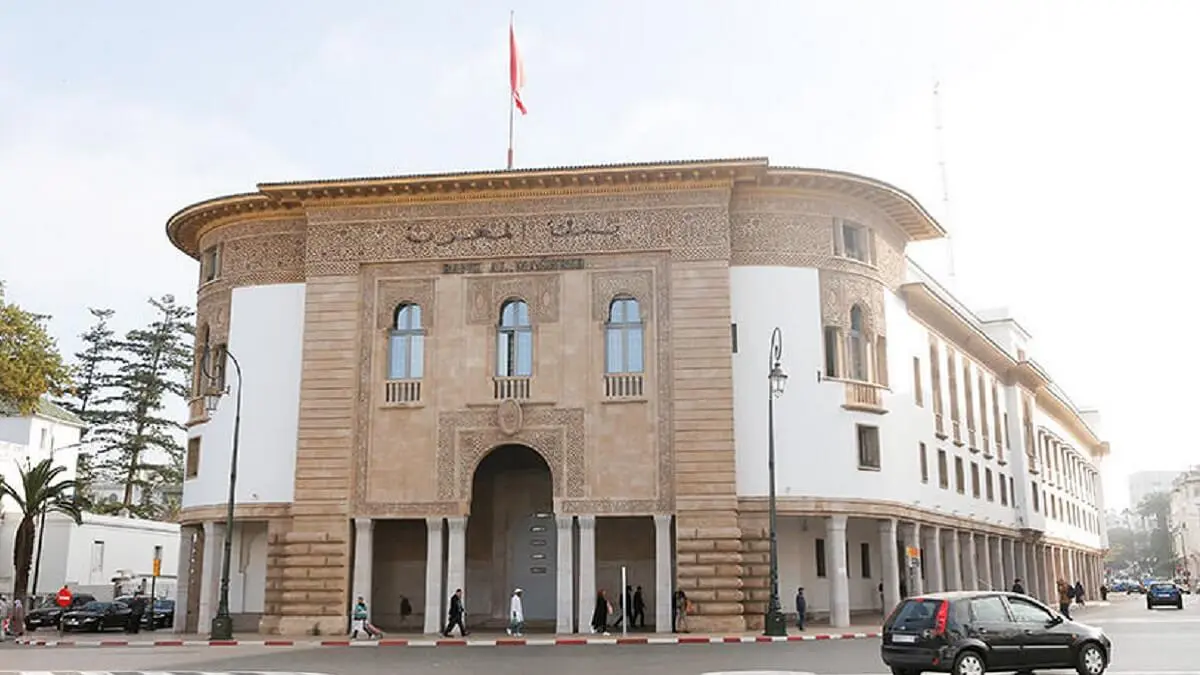
- The agricultural season and the energy bill
- External accounts: reduction of the trade deficit
- Monetary conditions
- Public finances and economic activity
Within the framework of the government's economic and financial policy, the Board of Directors of Bank Al-Maghrib held its first meeting of 2024 on Tuesday 19 March, in which it defined its policy to maintain price stability by maintaining a moderate and stable level of inflation over the medium term, reaching a growth rate of 2.1% in 2024.
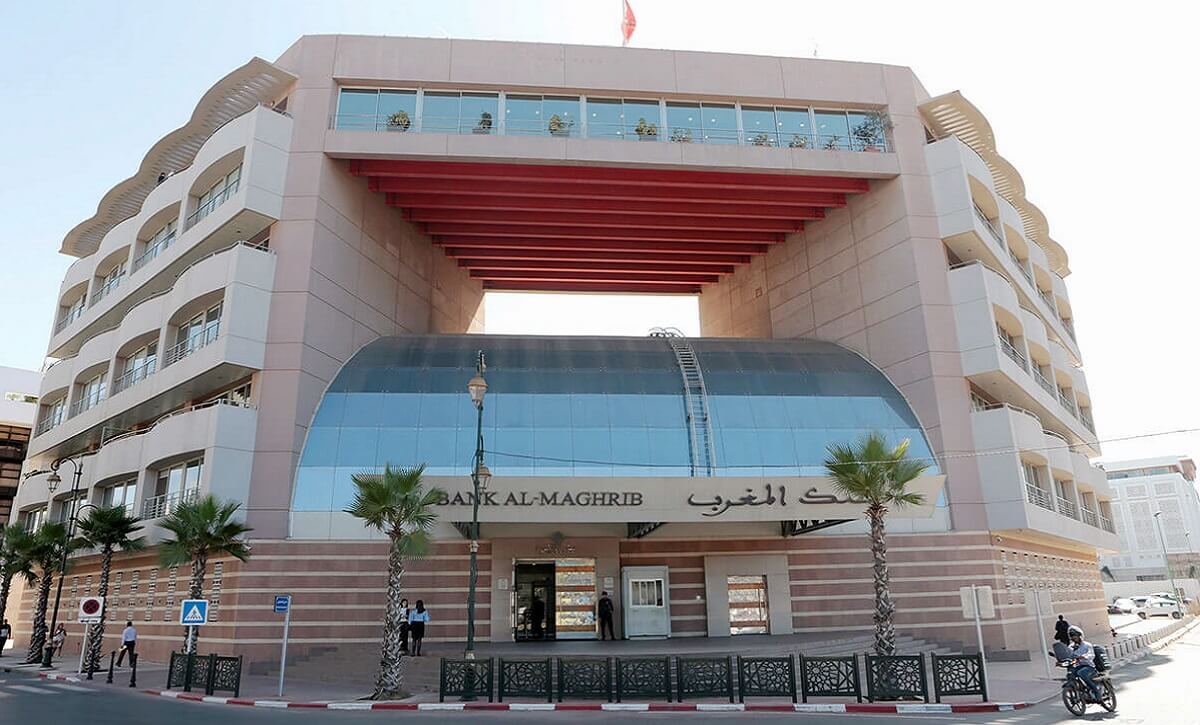
The agricultural season and the energy bill
The start of the agricultural season was marked by unfavourable weather conditions, with low rainfall unevenly distributed over time and land, affecting the area sown to cereals.
According to Bank Al-Maghrib forecasts, agricultural value added is expected to contract by 6.4 per cent in 2024 before rebounding by 12.8 per cent in 2025. As for non-agricultural activities, their growth rate should improve from 2.6% in 2023 to 3% in 2024 and then to 3.5% in 2025, reflecting the expected boost from investments related to the various ongoing and planned projects.
The energy bill should decrease by 5% in 2024, before increasing by 4.7% in 2025. Exports should grow by 4.1 per cent in 2024 and 8.5 per cent in 2025, driven by the strong performance of the automotive sector, with increases of 9.6 per cent and 13.3 per cent in 2025, and by the recovery in sales of phosphates and derivatives, which should reach Dh85 billion in 2025.

External accounts: reduction of the trade deficit
Thanks to a 2.9% drop in imports and virtually stable exports, the external accounts saw a reduction in the trade deficit by 7.3% in 2023.
In parallel, transfers by Moroccans living abroad increased by 4% (EUR 11.52 billion) and travel receipts by 11.7% (EUR 104.60 million), reducing the current account deficit to 0.6% of GDP from 3.5% a year earlier.
The current account deficit is expected to increase to 2.3% of GDP in 2024 and 2.8% in 2025, mainly as a result of a 7.5% annual increase in imports, caused by purchases of foodstuffs and capital goods.
Travel receipts, benefiting from the expected growth in tourism, should continue to improve at a rate of around 7.5% per year, reaching MAD 120.8 billion in 2025.
Foreign Direct Investment (FDI) inflows, after a significant drop in 2023 (2.2% of GDP), should average around 3.1% of GDP in the next two years. Projections indicate levels of around 3% of GDP in 2024 and 3.2% in 2025.
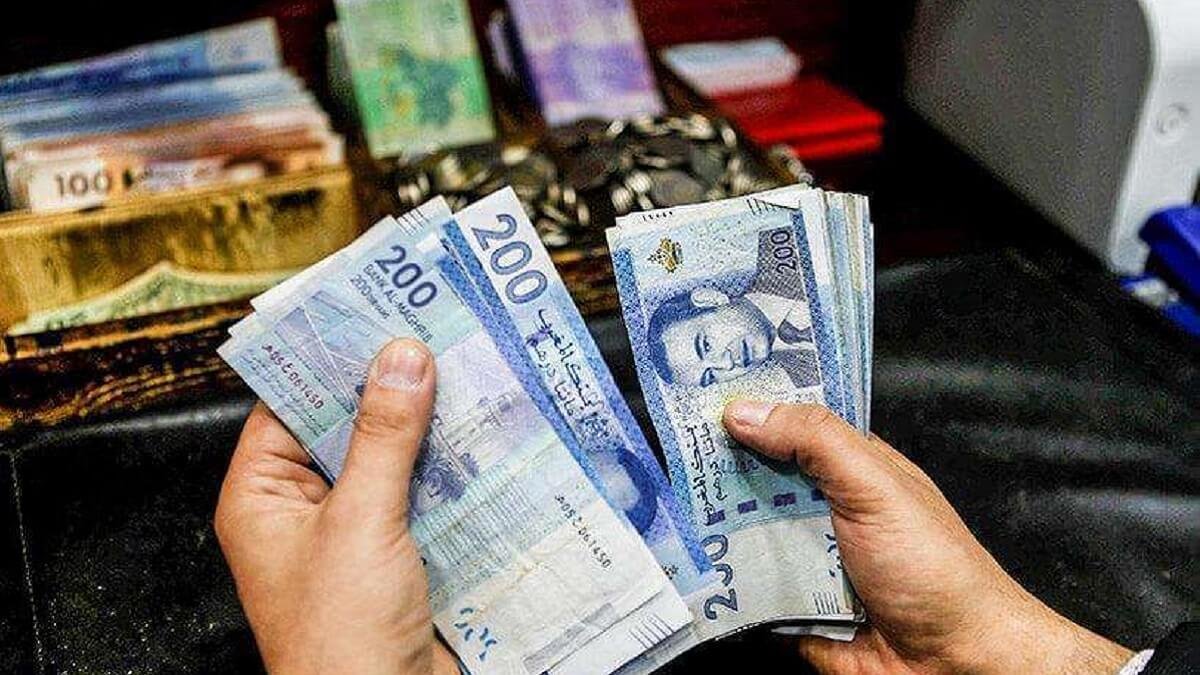
Monetary conditions
Banks' liquidity needs, due to the expected increase in banknote circulation, should continue to grow from DM 111.4 billion at the end of 2023 to DM 121.1 billion at the end of 2024 and to DM 143.2 billion at the end of 2025.
Bank credit to the non-financial sector, after a sharp slowdown in 2023 due to falling energy and food prices and the repayment of loans granted under the guarantee lines set up during the pandemic crisis, should increase by 4.4% in 2024 and 4.7% in 2025.
The real effective exchange rate should appreciate by 1.3% in 2024, following a 0.8% rise in 2023, as domestic inflation, which is lower than that of trading partners and competitors, should mitigate the impact of the expected appreciation of the nominal effective exchange rate, before remaining broadly stable in 2025.
Public finances and economic activity
The budget for 2023 was closed with a marked reduction in the deficit to 4.4% of GDP, falling to 4% of GDP in 2025. After a sharp deceleration to 1.3% in 2022 and 3% in 2023, over the medium term, growth is expected to slow to 2.1% in 2024, before picking up to 4.3% in 2025.
Imports, meanwhile, are expected to rise by 7.3% in 2024, mainly as a result of increased purchases of foodstuffs, including a projected 36.6% jump for wheat, and capital goods.
In 2025, the rate of increase in imports is expected to accelerate to 7.8%, mainly reflecting strong growth in capital goods purchases, in line with projected investment growth.


